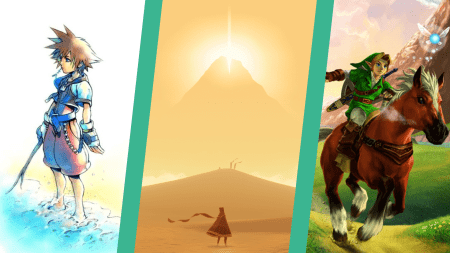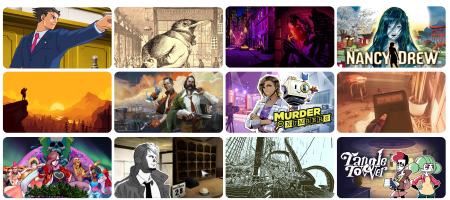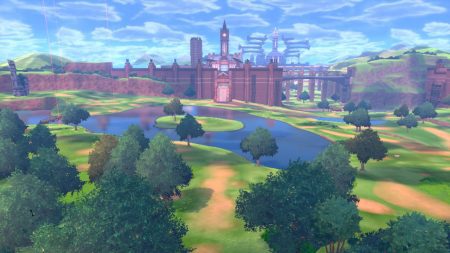Celebrating Our Favorite Games Ever
Welcome to the first post in our latest series, “Punished Hall of Fame.” In these pieces, writers at The Punished Backlog induct some of their favorite titles into this site’s own prestigious Hall of Fame. In this inaugural edition, Super Nintendo classic Donkey Kong Country 2: Diddy’s Kong Quest will be the very first inductee.
If someone were to ask you which video game best embodies the idea of games as art, how would you respond? Would you mention a cinematic, linear narrative adventure like The Last of Us? Would you highlight something purely on its mechanical ambition, such as Baba Is You? Would it be more of a small, plot-heavy indie with scant action (e.g., Gone Home, Firewatch), or a grand, enormous role-playing adventure with over a hundred hours of content (e.g., The Witcher 3, Persona 5)?
All games are art, so any one of these answers is equally valid. But when I ask myself this question, my brain reaches to the same place: a 16-bit mid-90s platformer starring monkeys wearing hats jumping on crocodile pirates (or pirate crocodiles).

A Journey Through Darkness
On its surface, Donkey Kong Country 2: Diddy’s Kong Quest is a game about running, jumping, and avoiding obstacles to get to the end of a stage. But if you take the time to examine everything else about it, from its gloriously haunting art style to its all-time great soundtrack, you’ll find a whole far greater than the sum of its parts.
Every single level feels meticulously crafted not only to present challenges, but to create a mood, an atmosphere, a feeling. And while the plot is fairly rote, a heartfelt narrative emerges from these moods and atmospheres, one that makes the player feel what these clothed simians must be feeling at nearly every turn.
In DKC2, Donkey Kong has been captured by Kaptain K. Rool (a more piratey version of King K. Rool), and it’s up to Diddy Kong (Donkey’s little buddy and companion in the first Donkey Kong Country) and Dixie Kong (Diddy’s girlfriend) to save the namesake hero. Unlike its predecessor, Diddy’s Kong Quest immediately creates urgency, making the broader task at hand a matter of freedom or enslavement for Diddy’s closest pal. Sounds straightforward enough.
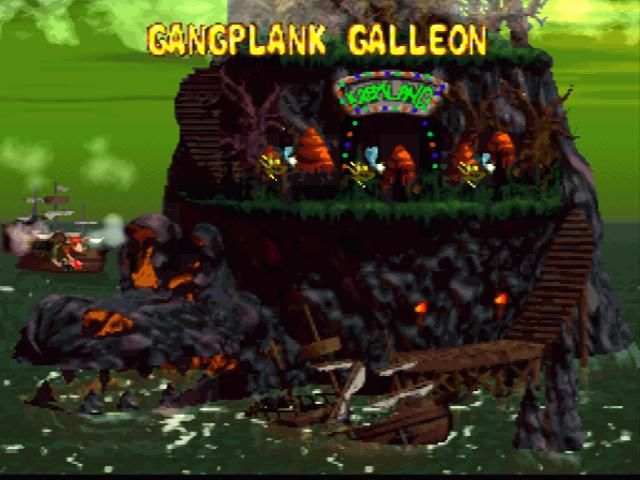
But the worlds presented in DKC2 differ meaningfully from those found in the first DKC. They’re bleaker, dimmer, and more menacing. The original Donkey Kong Country involves traversing from natural environments to remnants of man-made technology and industry. DKC2, however, instantly submerges Diddy and Dixie in a sea of darkness and danger, with the very first game world taking place on a crashed pirate ship largely submerged in scummy, dark green water. Other environments of note include an abandoned theme park, haunted woodlands, murky swamps littered with lost boats, labyrinthine wasp hives, and bramble enclosures that reach to the skies.
The enemies themselves also present an upgraded level of ferocity, as Donkey Kong Country 2 is riddled with deadly pirates, headless ghosts, spiny porcupines, and even an animated fire-sword. The boss battles often have multiple layers of challenge, and are no longer just enlarged versions of regular baddies: Each boss ups the ante with a new set of perils.
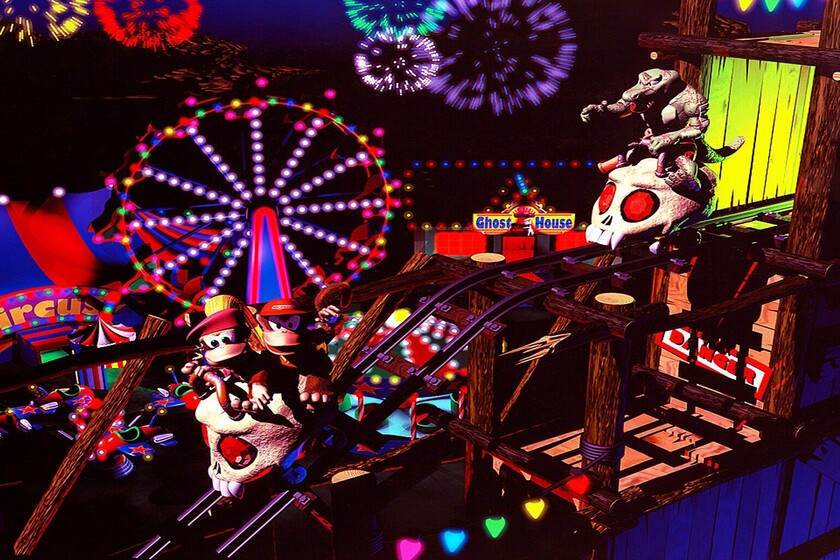
The Kids Are All Right
Diddy and Dixie are eager participants in all this, but they are effectively teenagers—and the game never lets you forget that. The player must save their progress at a school called Kong Kollege, whose sole inhabitant is an old, matriarchal figure in a rocking chair. Each world contains a silly game show challenge as a way to cut through the tension with some levity.
Levels end with one of the two main characters celebrating ostentatiously, with Diddy rapping while holding a boombox or Dixie busting out a rockin’ guitar solo, as if to say, “Yeah, I just got chased by giant skeleton ghost pirates while riding a giant skull minecart, but no biggie.” Even in the face of constant danger, these kids move ahead as though the terrors that surround them are just a normal part of life.
This is where the game shows its true colors: It tells a story of the scariness of adolescence and the normalization of such scariness. Much like classic 1980s films about children or teens experiencing and surviving harsh realities (Stand By Me, E.T., The Goonies), Donkey Kong Country 2 exposes its protagonists to the anxieties and perils of adulthood but refuses to crush their innocence. Sure, these little monkeys may not be facing “reality” as we see it (and have no way of vocalizing such fears, as neither one of them utters a single word). But in their own little world, giant wasps and treacherous ice caverns are real-life hazards. Diddy and Dixie may fear what’s in front of them, but they still have the wherewithal to press on, undaunted.
The balance of wonder and terror is best exemplified by the game’s incredible music, as each track conveys both a sense of panic and excitement, as well as both urgency and wanderlust. Much like its predecessor, DKC2’s music enchants as much as it oppresses. “Stickerbush Symphony” conjures feelings of amazement with a slight tinge of sadness as you blast through thorny hazards. “Hot Head Bop” underscores the danger of bubbling lava, yet also sounds like relaxing sauna music. “Mining Melancholy” has the power of an 80s sci-fi movie soundtrack, though when the drums drop out during the crescendo, the player experiences a moment of euphoria, as though they were flying through the air in real time. Every song in the game fits perfectly with each level’s art direction and gameplay, creating an experience where nearly every minute is a perfect virtual slice.
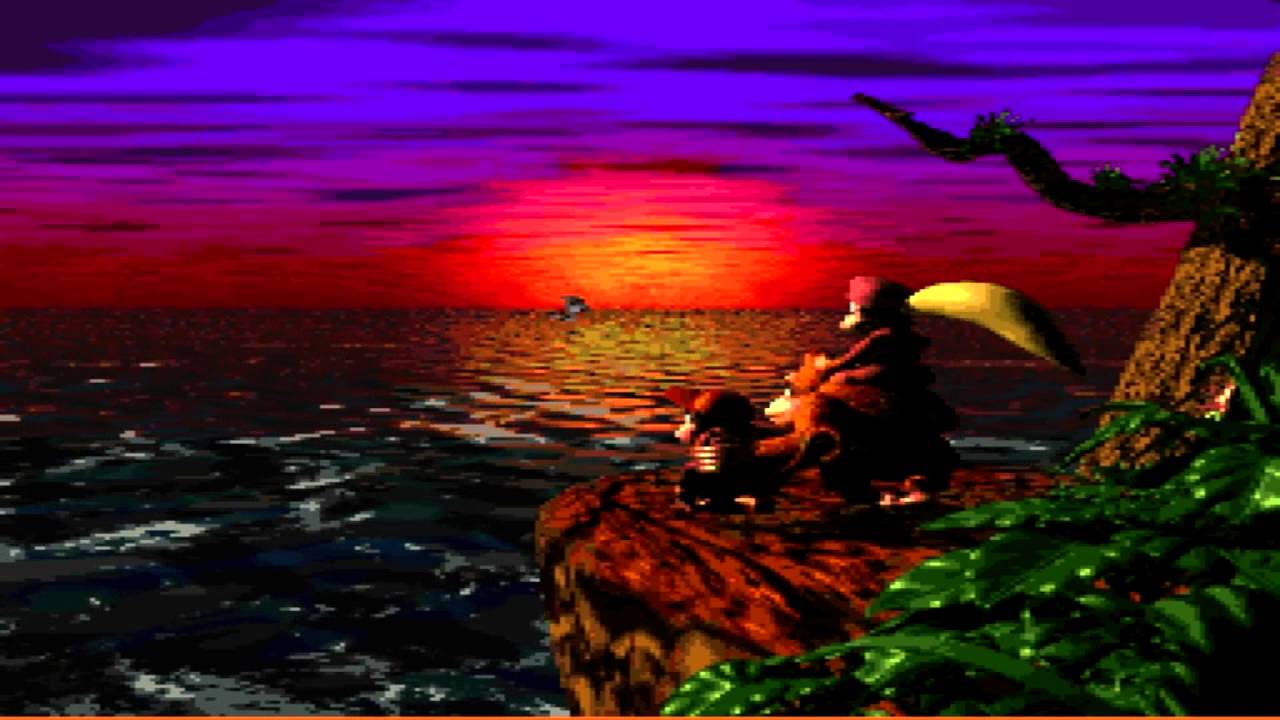
All in All Is All We Are
Ultimately, the strengths of Donkey Kong Country 2 lie in the totality of the experience. Every component of the game works in harmony to present just a few hours of platforming bliss, and those few hours encapsulate the terrors of growing up, a teenager’s fear of reality, and importance of falling back on the joys of adolescence in the midst of it all. The game communicates these motifs to the player not through overbearing cutscenes or mountains of dialogue, but through every jump, every barrel blast, and every boss fight.
So, why does DKC2 deserve to be the first game inducted into this website’s Hall of Fame? Above all else, it presents an emotional experience that can only be felt through playing the game itself. Built as it is, DKC2 cannot work in any other medium. A masterstroke in game design, its brilliance must be felt through gameplay, and through immersing oneself in the game’s visuals, sounds, and challenges. Simply watching it or reading about it cannot convey the same experience. For me, that’s what makes a truly exceptional video game.
Thank you for reading the very first edition of Punished Hall of Fame. We at The Punished Backlog expect to have more of these on the way, so stay tuned to read about some really amazing games!
Sam has been playing video games since his earliest years and has been writing about them since 2016. He’s a big fan of Nintendo games and complaining about The Last of Us Part II. You either agree wholeheartedly with his opinions or despise them. There is no in between.
A lifelong New Yorker, Sam views gaming as far more than a silly little pastime, and hopes though critical analysis and in-depth reviews to better understand the medium's artistic merit.
Twitter: @sam_martinelli.








